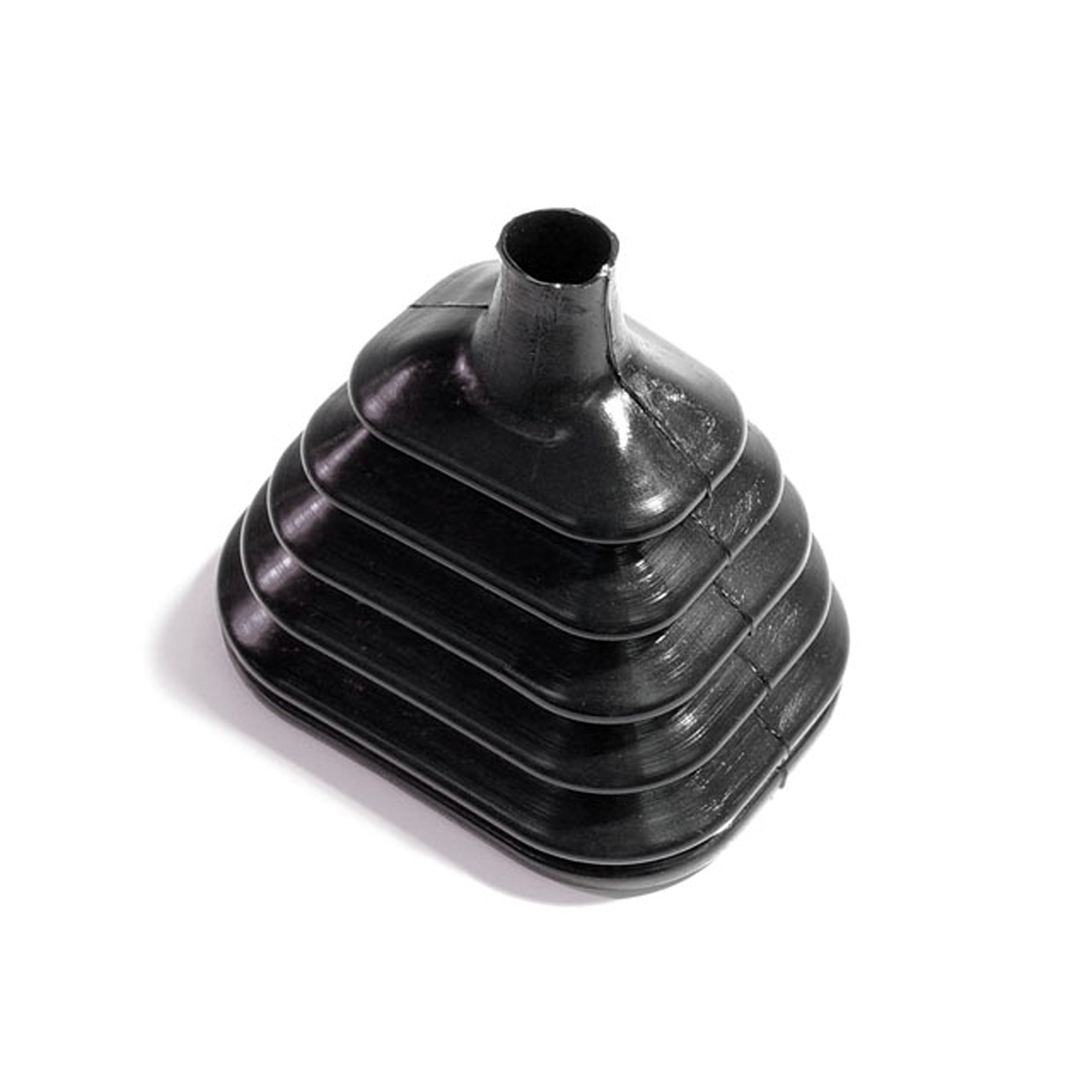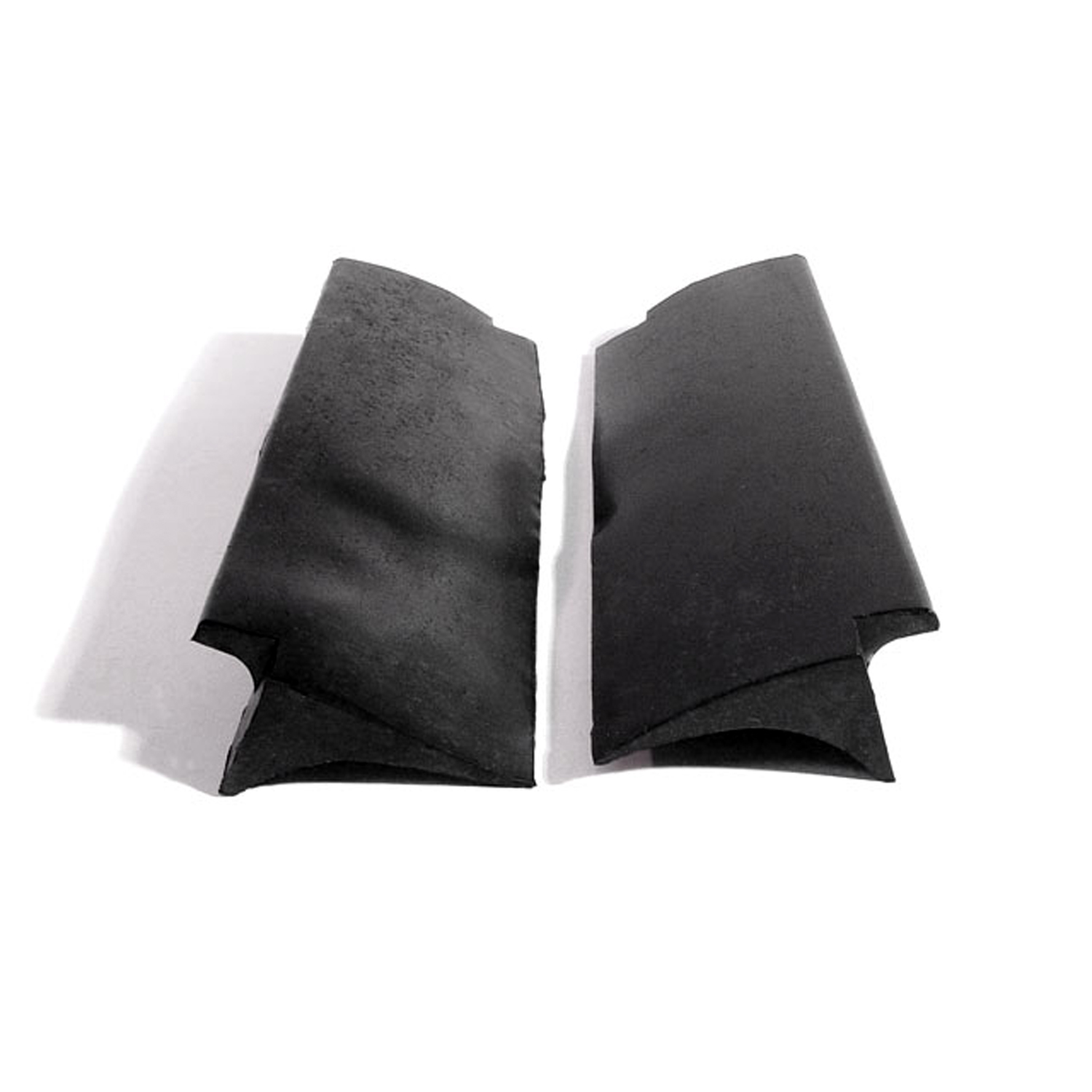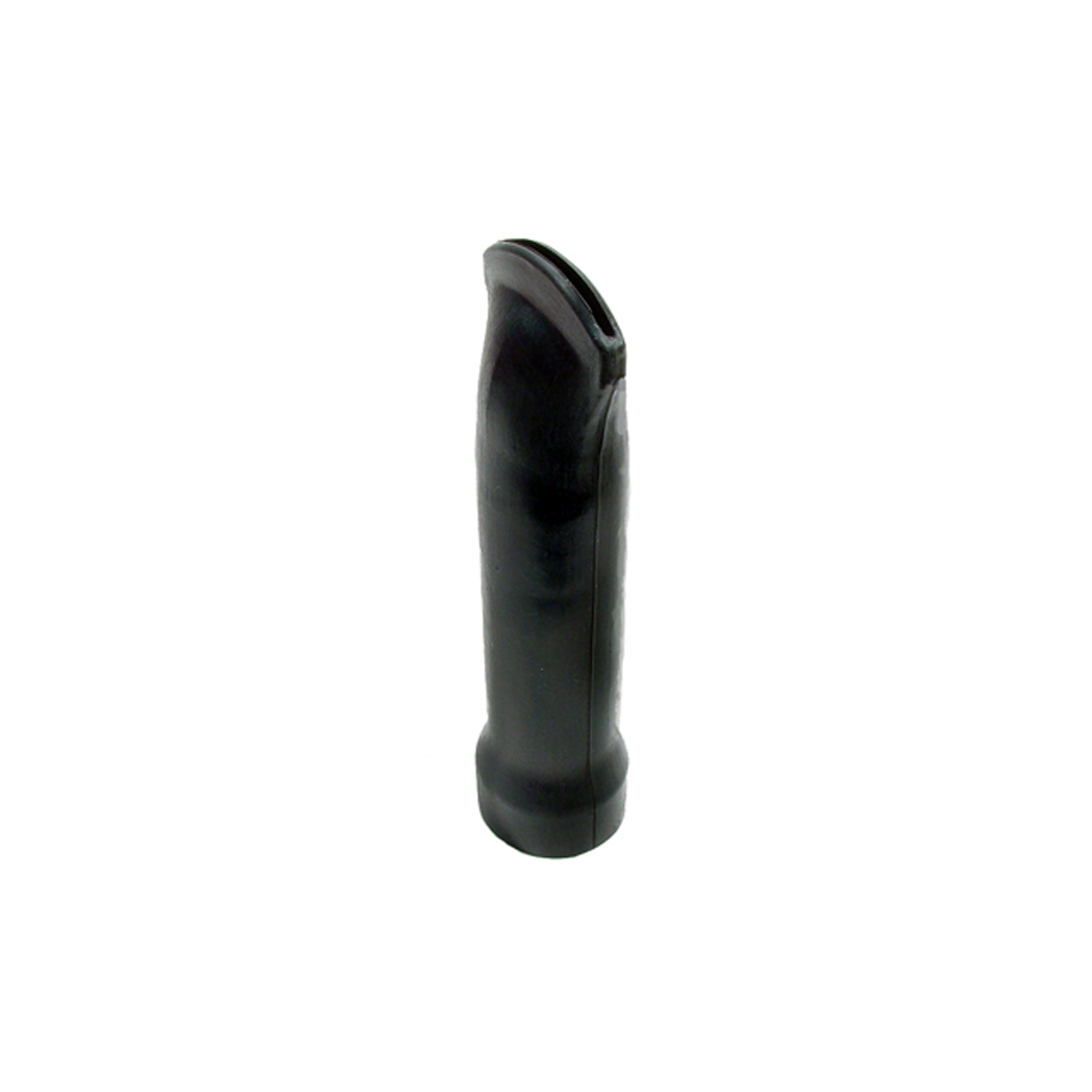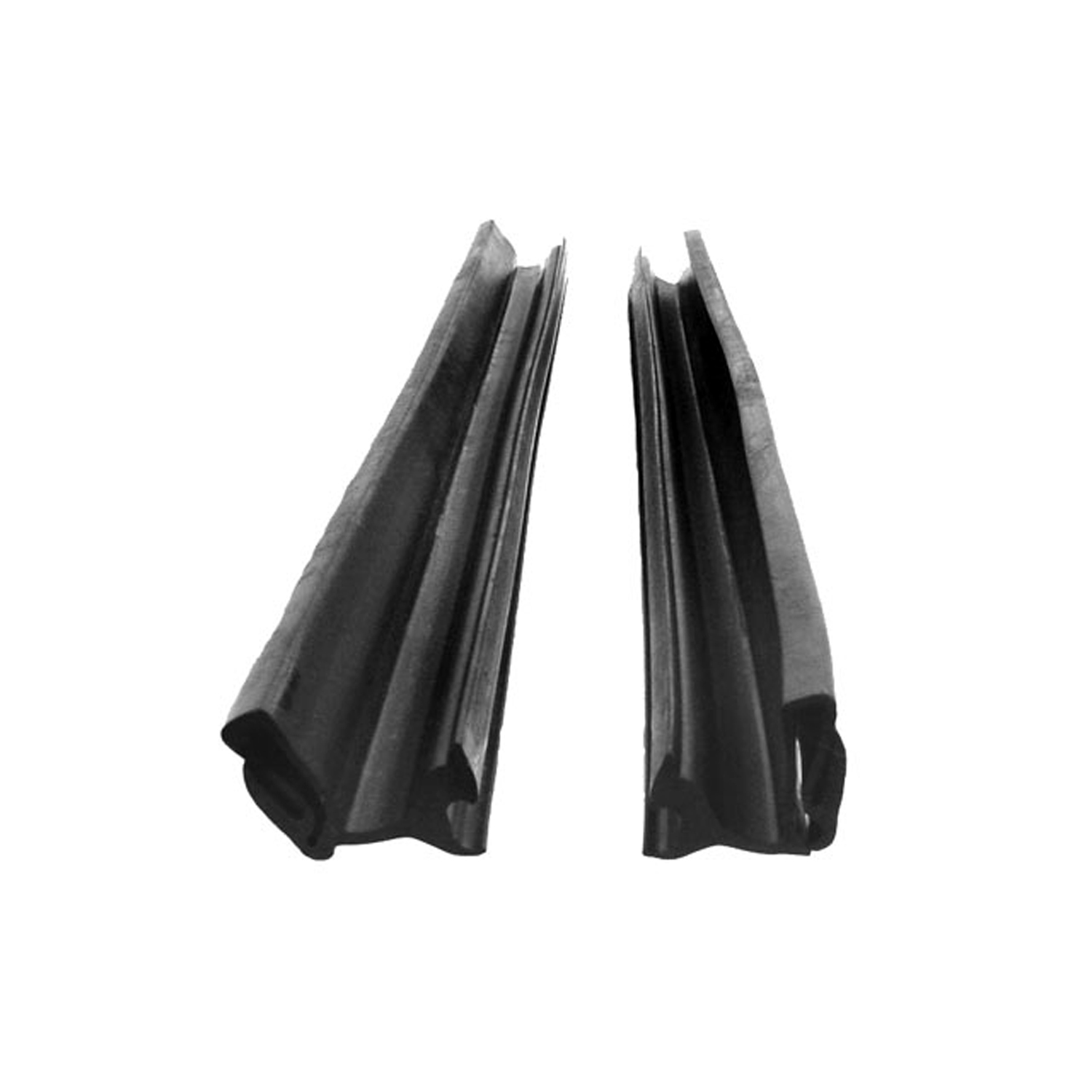Image of 1976 Bmw 2002, Note: These illustrations use artistic license and may differ from actual historical models.
Performance Metrics
Fundamental Metrics
Emotional Appeal
MMP Rating
| Engine Specifications | |
|---|---|
| Engine: | Single 2.0L M10 I4 |
| Displacement: | 1990 cc |
| Horsepower: | 100-130 hp |
| Torque: | 106 lb-ft |
| Compression Ratio: | 8.5:1 |
| Ignition System: | Electronic ignition |
| Cooling System: | Water-cooled |
| Performance Specifications | |
| 0-60 Time: | 10 seconds |
| 1/4 Mile Time: | 17.5 seconds |
| Top Speed: | 115 mph |
| Transmission and Drive | |
| Drive Type: | Rear-wheel drive |
| Transmission Type: | 4-speed manual, 3-speed automatic |
| Fuel and Efficiency | |
| Fuel System Type: | Carburetor |
| MPG: | 24 mpg |
| Dimensions and Brakes | |
| Brakes: | Front disc, rear drum |
| Wheelbase: | 98.4 inches |
| Weight: | 2,400 lbs |
Note: Specifications for classic cars are given to the best of our ability, considering the limited and variant data available.
1976 BMW 2002: A Compact Icon
The year 1976 marked the culmination of a series that would etch an indelible mark on automotive history—the BMW 2002. Born from the fervent minds at Bayerische Motoren Werke (BMW), this compact executive car was more than a mere mode of transportation; it was a statement of innovation and driving pleasure. The BMW 2002 stood as a testament to the brand's engineering prowess during a period when fuel efficiency began to take center stage due to the oil crisis of the 1970s. A unique fact that car enthusiasts may find captivating is that the 2002 model was among the first to offer a turbocharged engine in a production car, setting the stage for performance vehicles in years to come.
Design and Innovation
With its sleek, boxy silhouette, the 1976 BMW 2002 exuded an understated elegance that was both modern and timeless. Its distinctive kidney grille and round headlights became iconic features, while the chrome accents and trim pieces added a touch of class. Inside, occupants were greeted with high-quality materials and an ergonomic layout that prioritized driver engagement. The dashboard was straightforward yet functional, with essential gauges and controls within easy reach. Technological features of the time included independent suspension for improved handling and disc brakes that provided superior stopping power. The color palette ranged from vibrant Inka Orange to subtle Polaris Silver, with Chamonix White being a particularly popular choice among enthusiasts. The two-door sedan body style was most iconic, but options such as sunroofs added personalized flair.
Historical Significance
The BMW 2002's impact on automotive design cannot be overstated. It bridged the gap between practicality and performance, thereby creating a new segment for sporty sedans that appealed to both families and driving aficionados. Its success paved the way for the revered BMW 3 Series, which continues to influence modern car design.
Performance and Handling
Performance-wise, the 1976 BMW 2002 delivered exhilarating dynamics for its era. With a top speed approaching 115 mph and capable of sprinting from 0-60 mph in under 10 seconds, it was no slouch on the road. Its handling characteristics were praised for their precision; drivers could confidently navigate through twists and turns with minimal body roll. The sensation behind the wheel was one of pure connection—each rev of the engine, each shift of the gear lever brought drivers closer to their machine.
Ownership Experience
Owners of the BMW 2002 typically enjoyed it as a daily driver thanks to its reliability and practical size. It also found its place in classic car shows and amateur racing events due to its sporty nature. Maintenance is generally considered straightforward for those familiar with classic cars, though some parts may be harder to find today.
Fun Facts
A fun trivia about this model is that it often appeared in period films and television shows, symbolizing European sophistication. Although not known for breaking speed records, it did set sales records for BMW at the time and helped establish the brand in North America.
Collector's Information
Today, collectors cherish the 1976 BMW 2002 for its historical significance and driving enjoyment. While exact production numbers are hard to come by, it's estimated that tens of thousands were produced during its run. Values have steadily appreciated over time, with well-maintained models fetching anywhere from $20,000 to over $50,000 depending on condition and originality.
Conclusion
The legacy of the 1976 BMW 2002 is one of innovation, performance, and timeless appeal. As we look back on this classic gem, its significance in shaping automotive history is crystal clear—it was not just a car but a harbinger of things to come in an industry that constantly evolves yet always remembers its icons.
1976 Bmw 2002 Catalog of Parts
 1976 BMW 2002 Shift Boot. Nice reproduction. Each-RP 33-WShift Boot. Nice reproduction. Each
1976 BMW 2002 Shift Boot. Nice reproduction. Each-RP 33-WShift Boot. Nice reproduction. Each 1976 BMW 2002 Fender Water Drain Gasket. Pair-RP 910Fender Water Drain Gasket. Pair
1976 BMW 2002 Fender Water Drain Gasket. Pair-RP 910Fender Water Drain Gasket. Pair 1976 BMW 2002 Cowl Drain Tube. 1-3/8" I.D., 1-1/2" O.D., 5-3/4" High-VH 108Cowl Drain Tube. 1-3/8" I.D., 1-1/2" O.D., 5-3/4" High. Each
1976 BMW 2002 Cowl Drain Tube. 1-3/8" I.D., 1-1/2" O.D., 5-3/4" High-VH 108Cowl Drain Tube. 1-3/8" I.D., 1-1/2" O.D., 5-3/4" High. Each 1976 BMW 2002 Rear Roll-Up Seals. 17-5/8" Long. Pair-VS 9-ARear Roll-Up Seals. 17-5/8" Long. Pair
1976 BMW 2002 Rear Roll-Up Seals. 17-5/8" Long. Pair-VS 9-ARear Roll-Up Seals. 17-5/8" Long. PairWhy Choose Metro?
For over 100 years, Metro Moulded Parts has been the pinnacle of quality in classic car restoration parts. Our commitment to precision and authenticity in every component ensures a perfect fit and an OEM-level appearance.
- Expert Craftsmanship & Quality: Each part is a testament to our dedication to reliability and perfection, crafted from original designs and thoroughly tested.
- Advanced Technology: We use cutting-edge techniques to create flawless, long-lasting parts that surpass others in performance.
- SuperSoft Sponge – The Ultimate Door Seal: Not only are our door seals 30% softer than competitors', but they're also guaranteed to never leak. They effectively reduce wind and road noise, enhancing your classic car's comfort and driving experience.
- Proudly American: Our parts are a product of American craftsmanship, made in the USA with a spirit of excellence and heritage.
- Unrivaled Warranty: We back our products with a 30-year industry-leading warranty, a testament to our confidence in their quality.
Join us in preserving the legacy of classic cars with parts that are crafted for perfection, not just made.

